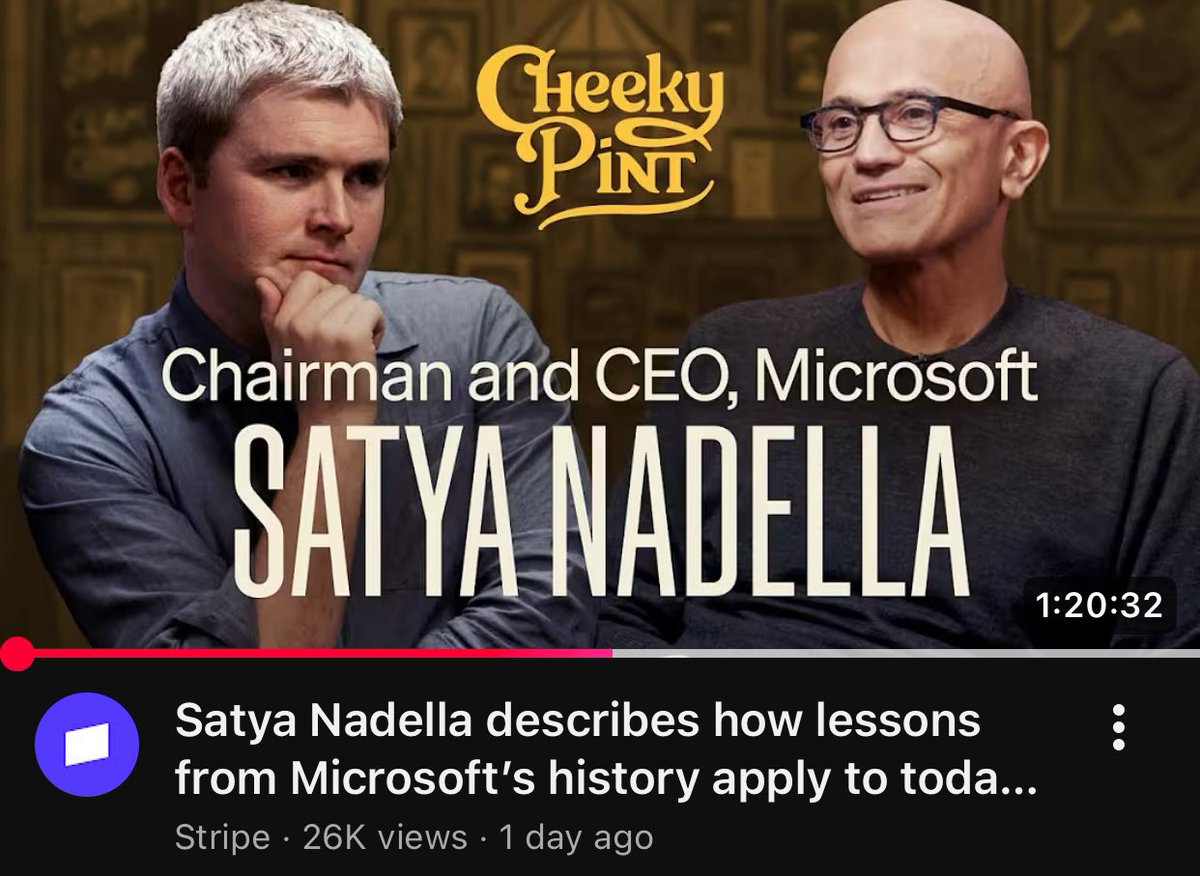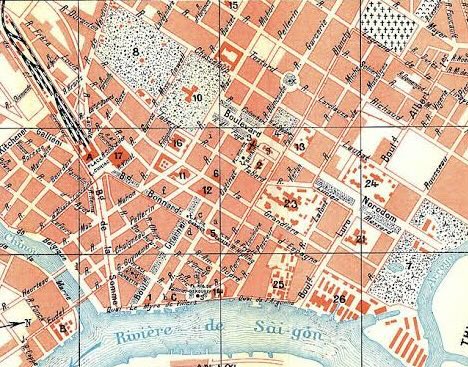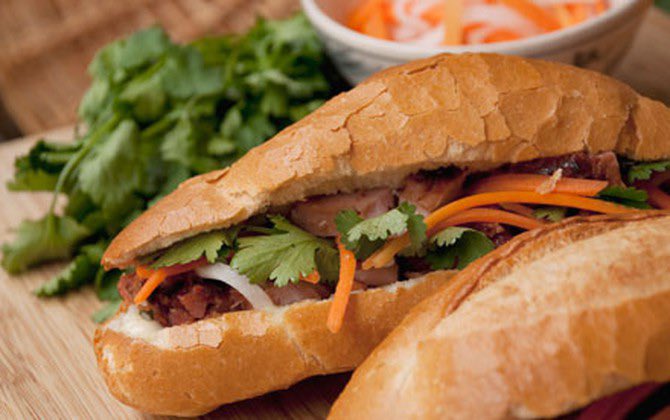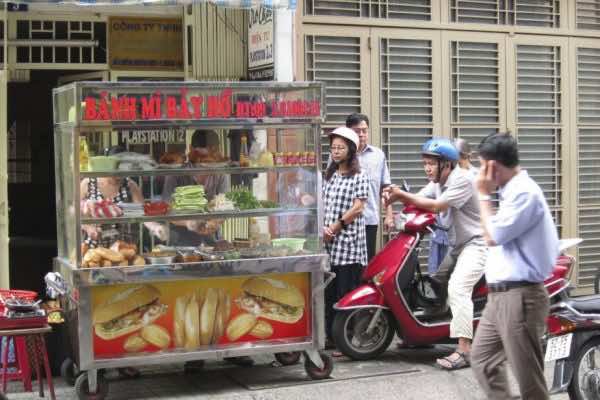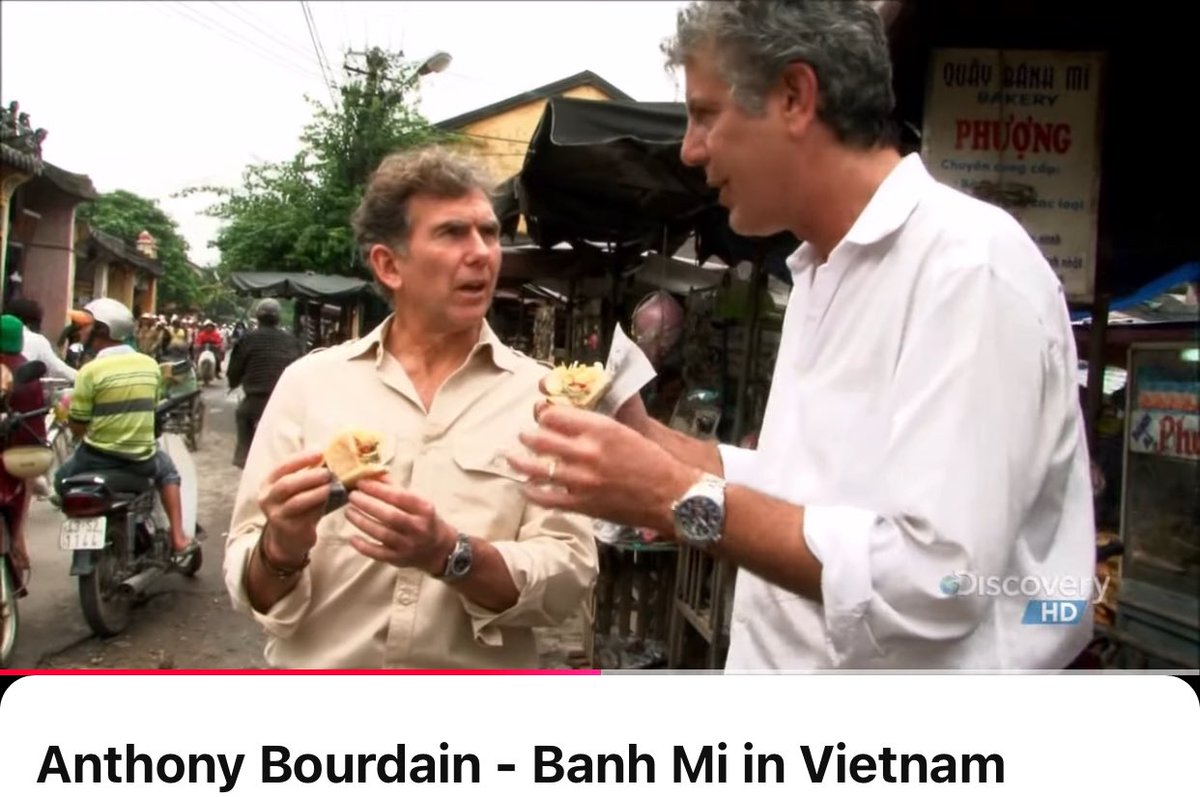OK, this was an interesting rabbit hole: "Famous corporate logo designs with a hidden message"
Here are 12 gems 🧵
Here are 12 gems 🧵
1/ In Google's logo, 5 of 6 letters are primary colors. The only outlier is "L", a secondary color (green).
Per the logo's designer:"Instead of having the pattern go in order, we put a secondary color on the L, which brought back the idea that Google doesn't follow the rules."
Per the logo's designer:"Instead of having the pattern go in order, we put a secondary color on the L, which brought back the idea that Google doesn't follow the rules."

3/ In the Tostitos logo, the dot on the letter "i" is a bowl of salsa. It is book-ended by 2 people ("t") holding a chip about to smash some food. 

4/ The overlapping ovals in the Toyota logo spell out each of the letters in "Toyota" if you look closely. 

5/ In the Amazon logo, the yellow arrow links the letters "a" and "z". This signifies that the company sells "everything from A to Z". 

6/ Chocolate-maker Toblerone was founded in Bern, Switzerland. The city is known for its bear population, and the animal can be found in the logo's mountain shape. 

7/ The green lines in the Cisco logo represent digital signals...but are also in the shape of the Golden Gate bridge (Cisco was founded in SF). 

8/ Gillette is obviously known for its razors. To demonstrate sharpness, the tips of the letter "G" and "i" look like they are cut by a blade. 

9/ The Berkshire Hathaway logo has NO hidden meaning. It's literally just the words "Berkshire" and "Hathaway"lol 

10/ In the Hershey's Kisses logo, the space between the "K" and the "i" looks like ... a Hershey's Kisses. 

12/ Sony's VAIO logo represents the integration of "analog" and "digital tech". The "VA" is in the shape of an analog wave while the IO refers to digital binary code. 

13/ The Beats logo -- a letter "b" on a circle red background -- looks like someone wearing a pair of Beats headphones. 

14/ Last (and guessing most people know this): In the FedEx logo, the space between the letters "E" and "x" creates an arrow pointing forward. 

15/ If you enjoyed that, I write threads breaking down tech and business 1-2x a week.
Def follow @TrungTPhan to catch them in your feed.
Here's one that might tickle your fancy:
Def follow @TrungTPhan to catch them in your feed.
Here's one that might tickle your fancy:
https://twitter.com/TrungTPhan/status/1432000225862848514
16/ Sources
CNBC: google.com/url?q=https://…
RD: google.com/url?q=https://…
The Best Life: bestlifeonline.com/brand-logos-se…
CNBC: google.com/url?q=https://…
RD: google.com/url?q=https://…
The Best Life: bestlifeonline.com/brand-logos-se…
17/ I also discuss interesting topics like this once a week on the Not Investment Advice (NIA) podcast.
(Our logo has no hidden meaning).
Watch/Listen: linktr.ee/notinvestmenta…
(Our logo has no hidden meaning).
Watch/Listen: linktr.ee/notinvestmenta…

18/ Urban legend had it that the collar in the @Wendys logo spelt out "MoM". Wendy's denies it but I choose to believe it a real hidden message. 

19/ Here are a few more:
◻️ The "B" in Ray Bans is a pair of sunglasses
◻️ The "B" and "R" in Baskin Robbins make the #31 (as in 31 flavors)
◻️ The yellow circle in "Tour De France" is actually someone riding a bike
◻️ The "U" Unilever logo is made up of products they sell



◻️ The "B" in Ray Bans is a pair of sunglasses
◻️ The "B" and "R" in Baskin Robbins make the #31 (as in 31 flavors)
◻️ The yellow circle in "Tour De France" is actually someone riding a bike
◻️ The "U" Unilever logo is made up of products they sell




20/ Re: the Google designer that says “green is a secondary color”.
It is for painting but not for physics and light:
🔗 science.howstuffworks.com/primary-colors…
It is for painting but not for physics and light:
🔗 science.howstuffworks.com/primary-colors…

• • •
Missing some Tweet in this thread? You can try to
force a refresh




